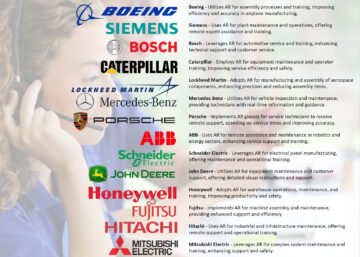“It doesn’t matter how good or bad the product is, the fact is that people don’t read anymore. Forty percent of the people in the U.S. read one book or less last year.”
~ Steve Jobs, 2008
Steve Jobs said this in response to queries about the possibility of Apple developing an e-reader almost 15 years ago. His cited statistic is debatable, but we are all bombarded by things we HAVE to read in order to discover what is important and what is trash — emails, spammy texts and the thick paper guides that still come with many of the products we buy. It’s no wonder that to preserve our limited attention spans and our sanity, we have started ignoring text instead of reading it.
How, then, do you get people’s attention? How do you teach them about a product when we have all become so skeptical of giving our time and attention to the written word which we fear may be worthless? Imagine packaging, brochures and catalogs that can provide everything the addictive internet can — animation, audio and video in three dimensions — through augmented reality (AR).
Catalogs in Augmented Reality
Instead of trying to pare down a laptop’s stats into digestible bits of text that still include crucial, yet often dry, information like screen dimension, processing speed and storage capability, imagine someone could point their phone at the catalog image, see that laptop in their own space and have all of that data presented to them in interactive 3-D. The image can even be rotated and disassembled for the truly curious.
AR Packaging
Augmented reality packaging serves two purposes: marketing the product before the consumer purchases it and helping them figure out how it works once they’ve taken it home. Instead of cramming all that text info onto a box or plastic package, buyers can point their phones at it and learn all they need to know via audio, video and infographics presented in augmented reality. After the purchase, Kaalo’s augmented reality app, KAR, can help them with setup without having to include a lengthy manual in eight different languages. (The app can act as a translator as well.)
Jobs may have been right that the way we interact with text and reading is changing, but with change comes an opportunity to rise to the challenge. KAR caters information to the modern mind, the discriminating reader, all while reducing the need for so much paper. Kaalo recognizes that, in order to continue to meet consumers’ needs, we must grow. Because, as another well-known entrepreneur once said…
“Change is inevitable. Growth is optional.”
~ John C. Maxwell



